Before going to the gym, the most common criterion to judge a gym is how much equipment there is. After slowly transitioning from a novice to an enthusiast or a heavyweight, you'll find that any training that focuses on one target muscle group doesn't require fancy equipment at all.
If today's training plan is the back, the restriction is that you can only use one kind of equipment, how would you plan it? To ask the question differently, if your home has enough space for exercise, what is at the top of the equipment list?
If you look at the near-perfect simplicity and versatility, I would fight loudly for this equipment - the power rack.
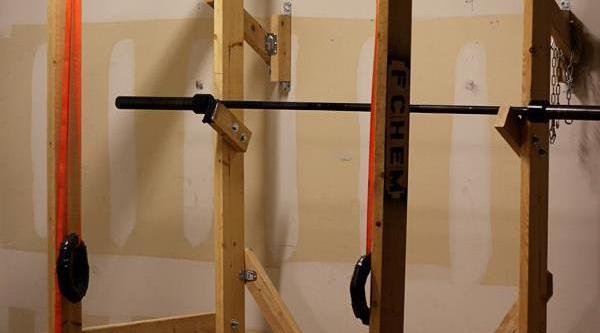
Overcoming bottlenecks with a power rack
Sometimes, a power blocking point in a movement can be overcome with a few sets of local range of motion.
For example, if you find yourself using the same weight barbell for weeks on end, put the safety bar in the middle between your knees and hips on the power rack, put the weight that got bottlenecked on top, and then repeat 8 to 12 reps in this localized range of motion as part of your training.
The power rack is excellent for more than breaking bottlenecks.
The power rack is a very basic piece of equipment, almost primitive in design. It consists of four posts that form a space you can enter, and two safety racks that can be set at different heights. It is in this simple structure that you can perform an amazing array of exercises in relative safety.
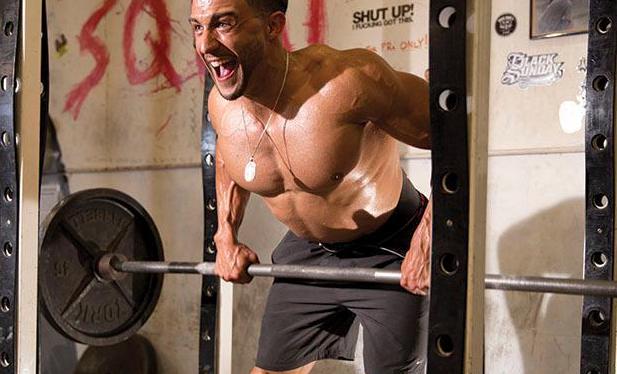
With a strength rack, you can push beyond your physical limits and make any movement more challenging and effective by changing the angle of the movement. You can do partial movements or specific ranges of motion to improve strength, or you can even use static contractions to push a barbell racked on a safety bar. The possibilities are endless for the experienced gym goer.
Want to feel the benefits of the power rack more fully?
It is recommended that you build the base muscles of your back from the obliques at the top to the lats by following these five steps
Step 1: You need to start with a must-do complete back training program. Pull-ups, which are available in many power racks, can be done with a single bar. Each set should be done to full strength. For some, it may not be possible to do them several times, but don't get discouraged-just keep track of your totals and work on improving over time.
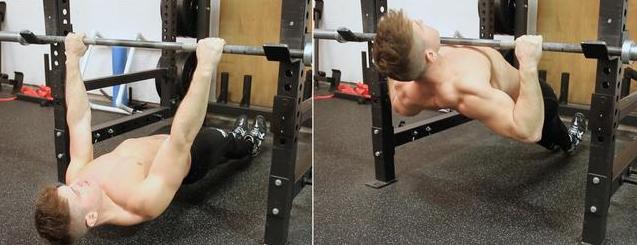
Step 2: Next are the rowing movements that require body immobilization: the overhead barbell row and the T-bar row. Both movements target the same overall back muscle groups, but due to the change in grip, the grip distance goes from shoulder-width to narrow, with the same slight change in muscle fiber recruitment.
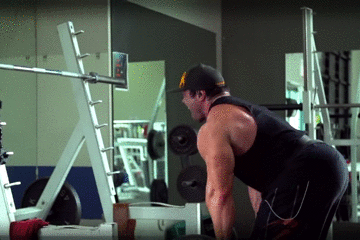
Step 3: You will need a variation of the traditional hard pull to complete a smaller range of motion. Once you have learned the technique and become comfortable with the movement, you will find that you can move very large weights, even later in your training.
Just remember that standard movement posture is more important than the weight you lift - this statement will help you avoid injuries from sloppy, egotistical movements.
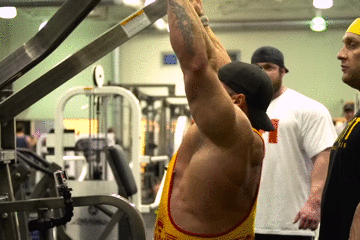
Step 4: Once you're done with the hard pull, do barbell shrugs afterwards, targeting the obliques. This movement will ensure a comprehensive workout of the main areas of the back, but you can also put the shrug to other times, as many bodybuilders also do shrugs.
Step 5: You will end your training with reverse rowing exhaustion, which you will soon do if you have been training hard before. As with the previous movements, rest 1 to 3 minutes between sets. If your training goal is to get leaner and improve your physique, then set the barbell at a lower height, or set it higher if you want to build a lot of muscle.
The movements involved in the above five steps, as well as the starting details of the movements, are as follows, and must be fine.
Pull-ups
Training targets: latissimus dorsi, large and small round muscles, rhomboids, rhomboids, infraspinatus
Starting position: Hold the bar with a positive grip, wide spaced, with a full solid thumb grip. Hang freely under the bar with elbows fully extended, feet crossed and knees bent.
Movement: Contract the latissimus dorsi muscles so that the chin is above the bar and concentrate on keeping the elbows outward while "pulling" the elbows to the sides of the body to lift the body. Peak contraction for one second, then lower the body back to a static hanging position and repeat.
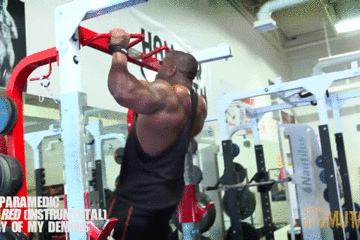
Prone Barbell Row
Training targets: latissimus dorsi, vastus and minimus, rhomboids, rhomboids, infraspinatus
Starting position: Load the barbell with the appropriate weight, stand in front of the barbell at shoulder-width distance, lean forward at the waist until your torso is roughly parallel to the floor and your knees are slightly bent. Hold the bar in both hands with a grip wider than your feet. Tighten your abdominal muscles, keep your lower back tight and maintain your natural curves.
Movements: Without bouncing or lifting your upper body, pull the barbell toward your abdomen, position it just a few inches from your legs, with your elbows higher than your back, then slowly lower the barbell along the same path. Do not touch the barbell to the floor between movements.
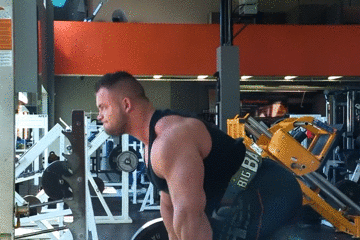
T-bar rowing
Training targets: latissimus dorsi, vastus and minimus, rhomboids, rhomboids, infraspinatus
Starting position: Place one end of the barbell at the apex of a wall or on a power rack. Attach a barbell piece to the other end and ride the barbell, holding it with both hands, with your hands positioned one foot from the barbell piece. Keep your head neutral, chest up, and bend your core and lower back to maintain a natural curvature of the spine.
Movement: Pull the barbell toward your body, keeping your elbows close to your body. Do not allow the upper body to sway as the barbell is pulled. Contract at the top, then lower the weight under muscle control to a distance of about an inch from the floor to begin the next movement.
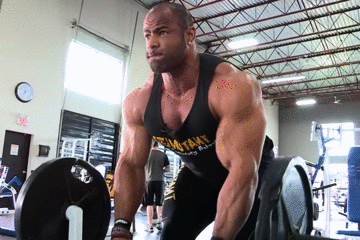
Barbell shrugs
Target: Obliques
Start: Stand with chest up, abdominals tight, and grab the barbell in a positive grip with a grip shoulder-width apart.
Movement: Shrug, shoulder movement vertical up, squeeze the obliques hard at the top of the movement. (Imagine touching your ears with your deltoids.) Slowly lower your shoulders to full extension, then repeat the movement.
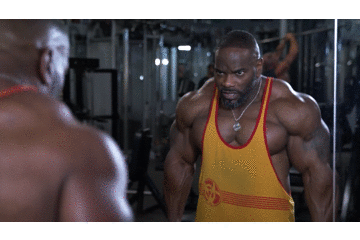
Reverse Row
Targets: latissimus dorsi, large and small circular muscles, rhomboids, rhomboids, infraspinatus
Start: Place a barbell on a safety rack that is approximately abdominal to lower chest height. With your body directly underneath the barbell, then hold the barbell with a reverse grip, shoulder-width apart, feet on the floor, and body straight. The back hovers a few inches above the floor, which is the starting position for safety.
Movements: Pull your chest up onto the barbell, bend your elbows and pull your body back, keeping your body taut and straight throughout the process.
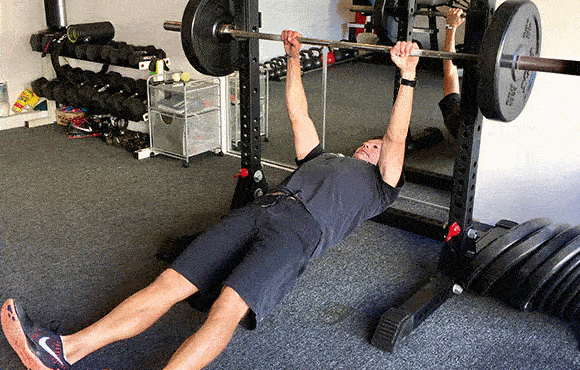
Back training tips
Don't be in a hurry to stop the movement. In order to make the most of your back muscles, you need to train through a full range of motion. Too many trainers train their backs with too much weight, and in order to complete the movement, they shorten the range of motion so they can move the weight. But you need to focus on the muscles being fully extended and fully contracted with each movement.
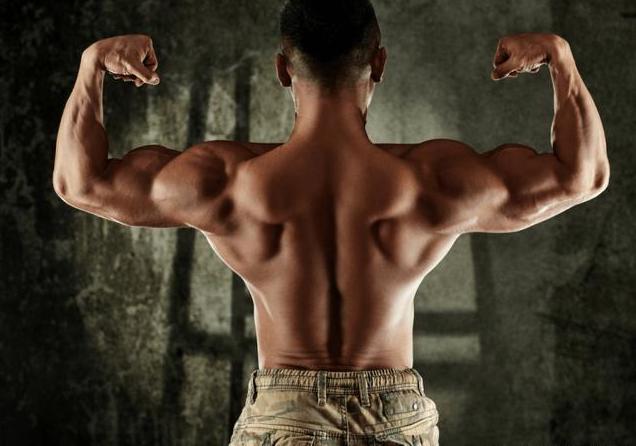
High pull-ups
If you're struggling to improve your pull-up reps, try this: Choose a challenging goal - say, 20, 30 or 50 reps, depending on your level - and then complete all reps with full dedication, stopping as often as possible Rest. (If your goal is 30, then your movement plan might look like this: 10, 6, 5, 3, 3, 2, 1.)
Popular Articles
-
Fitness Equipment | How to choose a suitable for their own yoga mat?
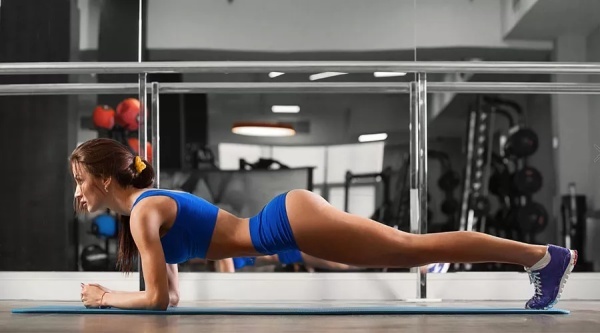
-

Photos
The world's most beautiful big cities at nightJul 01, 2025
-
 These pieces of home goodies, home essential artifacts, has been using a straight cool, home happiness burst
These pieces of home goodies, home essential artifacts, has been using a straight cool, home happiness burstJul 01, 2025
-
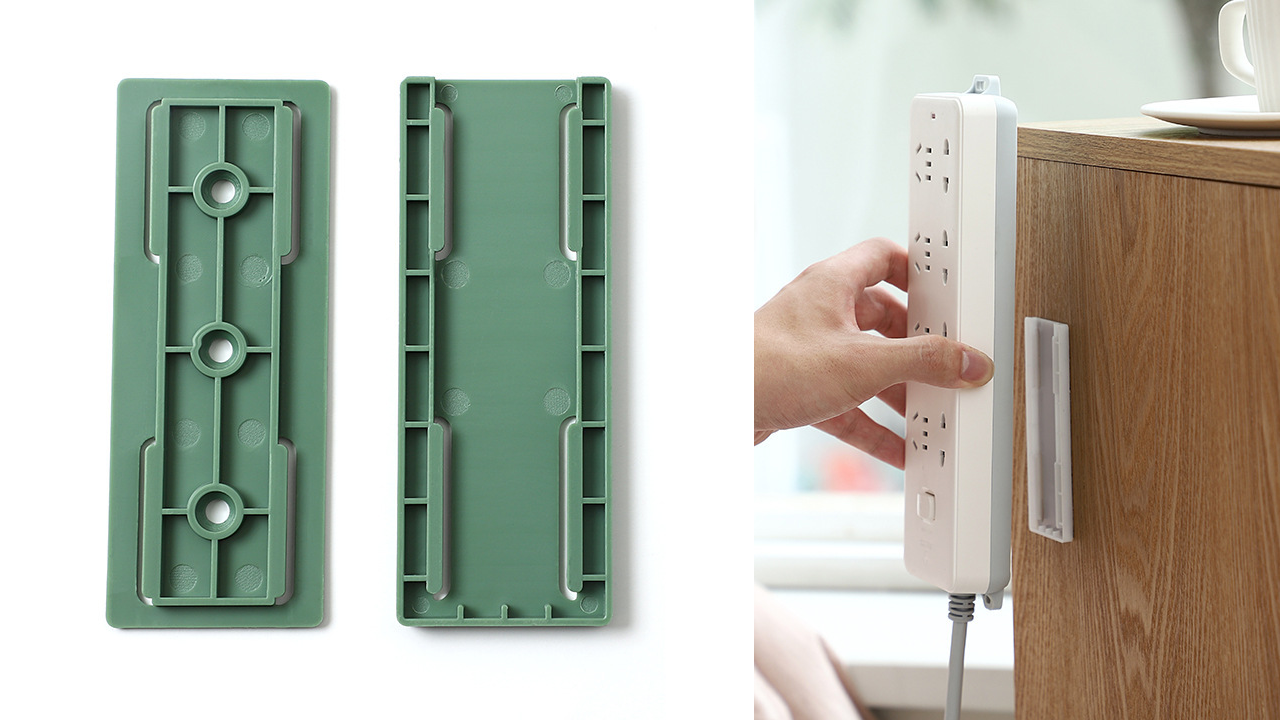
Photos
Keep your power sockets and air conditioner remote control well storedJul 01, 2025
-
 The world's most dinosaur-like lizards: Armadillo ring-tailed lizards
The world's most dinosaur-like lizards: Armadillo ring-tailed lizardsJul 01, 2025
-
 These are the top 4 causes of sunken nails to watch out for!
These are the top 4 causes of sunken nails to watch out for!Jul 01, 2025







Comments
0